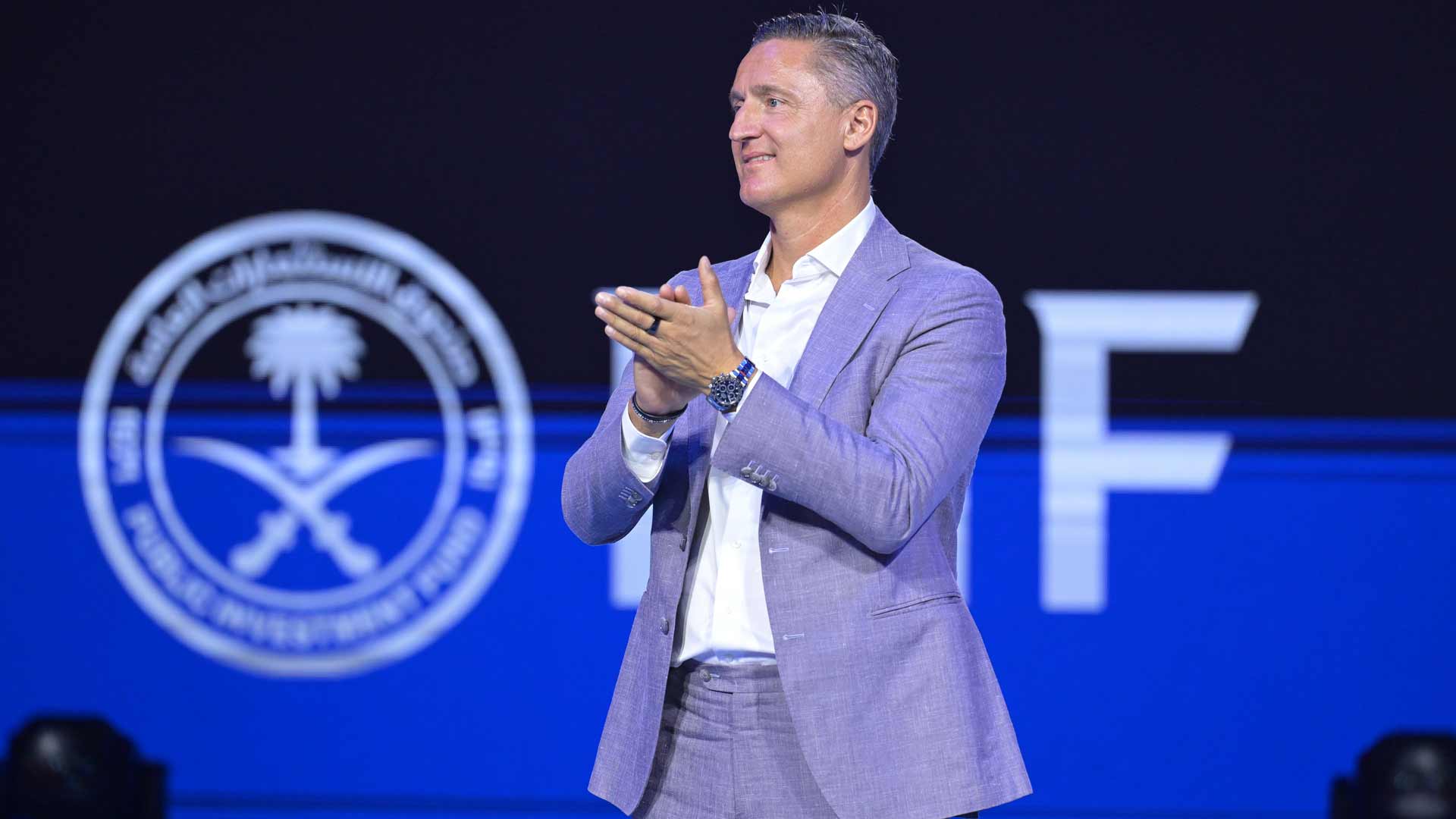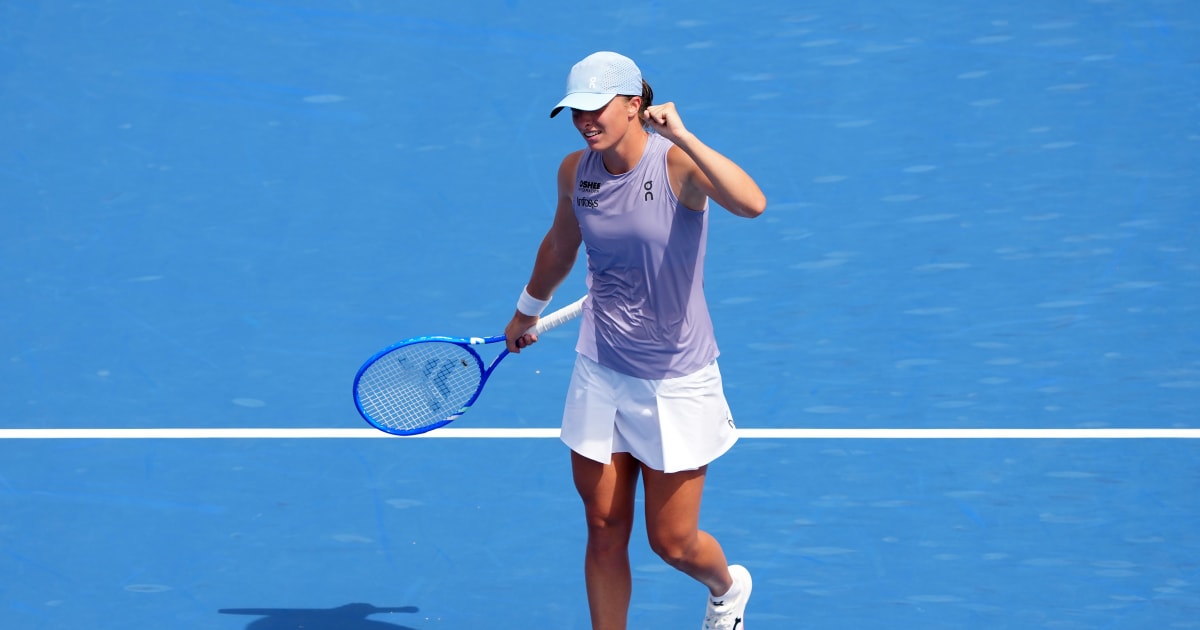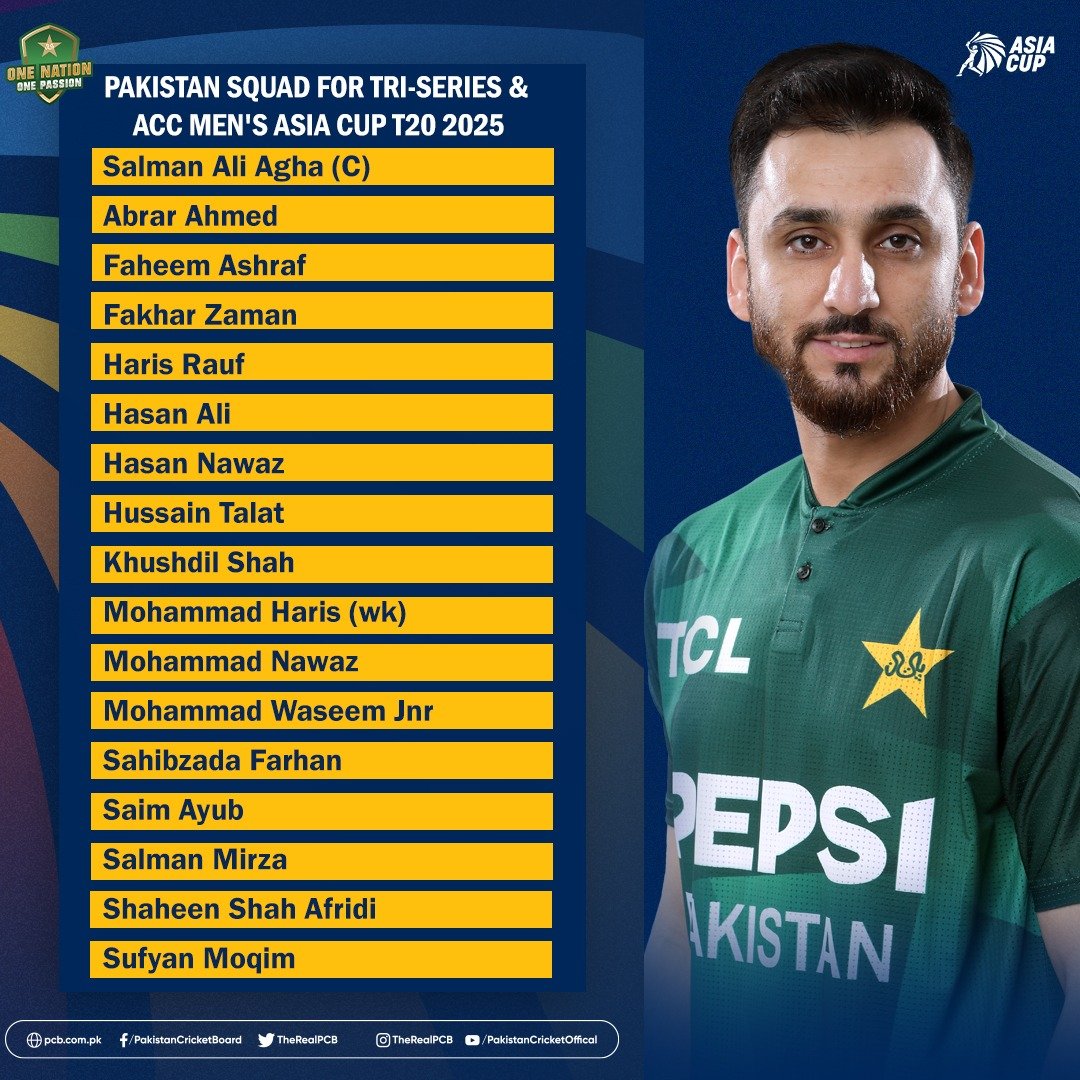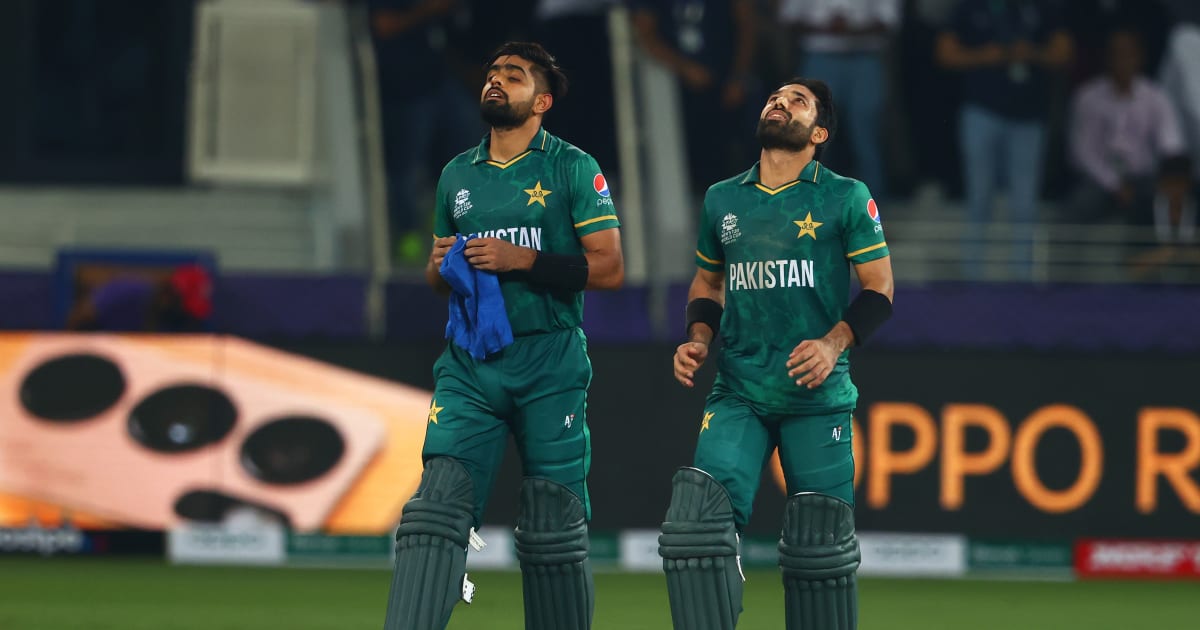Andrea Gaudenzi Q&A: profit sharing, calendar, Masters 1000 format & more

2025Andrea Gaudenzi Q&A: profit sharing, calendar, Masters 1000 format & moreATP Chairman discusses key Tour, player & tournament issuesPeter Staples/ATP Tour ATP Chairman Andrea Gaudenzi. By ATP StaffThis month, the National Bank Open and Cincinnati Open debuted their new 12-day formats — a first under the expanded ATP Masters 1000 structure. A landmark $18.3m profit-sharing announcement for 2024 has further boosted record compensation. It’s all part of a broader ATP Tour shift: bigger events, greater long-term value, and more returns for players and tournaments. ATP Chairman Andrea Gaudenzi discusses the strategy, trade-offs, and what’s next.Q: The announcement of $18.3 million in profit sharing is a significant moment. How do you reflect on the progress of OneVision so far?Having profit sharing at all is a sign of a healthy, growing ecosystem. And not just for players - it's also a strong indicator that tournaments are performing well. In just our third year of profit sharing, $18.3 million is a big number. To put that in perspective, it's equivalent to a 25% increase on base prize money across the Masters 1000 category. That increase simply wouldn’t exist under the previous system, and players now have full transparency on the tournament financials of our top tier events.What excites me most, though, is the room for future growth. We’re only scratching the surface. With the right foundations in place – expanded formats, stronger event infrastructure - we’re unlocking new levels of investment, as Cincinnati has shown this year.I have no doubt that profit sharing, together with the tournament expansions, will come to be seen as a transformational shift. Big reforms take time, and we need patience. But I’m confident the long-term growth they’ll deliver will benefit everyone in the sport.Q: Cincinnati’s first edition as a 12-day event is launching in parallel with its new facilities. How important is that type of infrastructure investment?It’s crucial. The shift to a 12-day format gave tournaments the time, stability and confidence they needed to think bigger — and what’s happening in Cincinnati is a perfect example.They’ve undertaken a $260 million, multi-phase redevelopment that will lift every part of the event. For fans, it means more ticket availability and expanded stadium capacity, plus an upgraded on-site experience that matches the scale of a top-tier global event. For players, it’s new locker rooms, improved recovery areas and better conditions across the board. For media, it’s world-class broadcast infrastructure that helps elevate how the event is seen around the world.And these aren’t just cosmetic upgrades. The revenue generated by these improvements flows directly back to players through our profit-sharing model. This is exactly the kind of long-term, structural investment the sport needs — and it’s only been possible because of the expanded format.Q: What about the impact on the rest of the calendar, and player schedules?The expanded format does increase time on-site, and that’s a real consideration. But it also unlocks the revenue potential needed to elevate the entire Tour. Reforms like these were debated at length - with the Player Advisory Council, with the Board - over several years.One of our clear strategic goals is to provide more money to more players. We’ve done it with the player pension expanding from 165 to 300 players, by more than doubling prize money at the Challenger level since 2022. And we’re doing it though big events, with big stages and bigger draw sizes, that drive the commercial engine of the sport.Just look at what’s happening: record bonus pools, nine-figure infrastructure projects in Rome, Madrid, Shanghai, Cincinnati. None of this happens without the breathing room provided by the 12-day window. It’s allowed promoters to reinvest and enabled a 50 50 share of profits. That’s money flowing straight back to the locker room.Some of the current tension undoubtedly lies in the different time horizons. We must think long term. Give this model five or ten years and I believe the Masters 1000s will have grown exponentially across all metrics and we’ll look back at this move as the foundation of that shift.Q: There’s been a lot of debate about the length of the season, calendar complexity, and player fatigue. What’s your view?Across many sports, there’s a clear trend toward more competition—just look at soccer, with the expanded Club World Cup that launched this summer. Our calendar is complex. It’s a long season and going deep week after week is demanding. But this is also an individual sport: one player might be out in the first round, another is lifting the trophy after the final. Finding a solution that works for both ends of that spectrum is never straightforward, and you cannot build a calendar around just a single cohort of players. All cohorts must be considered.Our goal at ATP is to extend the off-season. Proper rest benefits everyone—players, fans, and the quality of competition. But we can’t act alone. Tournaments own their own licences, and any structural change requires alignment. We're in active discussions now, and I’m optimistic about the direction we're heading.One point that often gets overlooked: players choose their own schedules. That freedom is rare in professional sport. But with that comes responsibility—knowing when to push and when to recover.And finally we should be clear: ATP doesn’t control the entire calendar. We work around Grand Slams, Davis Cup, and other fixed dates. That’s exactly why OneVision proposes a unified governance model—bringing all stakeholders to the same table so we can make coherent, sport-wide decisions around things like the calendar.Q: Do players have the right level of playing commitments?We’re always trying to find the right balance. As it stands, 19 events count toward your ranking — that becomes 18 next year. The mandatory list remains eight Masters. I don’t believe that is excessive. Those marquee events are what give the season structure and create the revenues that now flow back to players—through record prize money, rising bonus pools and profit sharing.Those events also anchor the storytelling of our whole season for the fans. Our job is to make sure the biggest stages are strong and reliable. When the top players turn up, fans respond, sponsors respond, and the whole sport moves forward. The numbers can always be tweaked, but the principle of a clear, premium spine to the season is non negotiable.Players also need time to adapt to the changes we’ve implemented. The expansion of certain ATP Masters 1000 events equates to approximately 15 extra on-site days over the season. These added days must be factored in when building schedules, and it’s only logical that players will need to scale back their commitments in other areas. Doing so requires discipline, as well as the willingness to forgo appearance fees when necessary. And of course, if a player exits early from a top-tier event, they retain the flexibility to select additional tournaments at lower levels to get more matches. Essentially, it’s a top-down waterfall approach.Q: What about when top players miss events, like Sinner and Alcaraz in Toronto?Withdrawals are part of professional sport, especially in one as physically demanding as tennis. In this case, both Jannik and Carlos had deep runs to the finals of both Roland Garros and Wimbledon—an incredible achievement. With only a two-week turnaround between Wimbledon and Toronto this year, the schedule was particularly tight. Of course, I feel for the tournament. It was unfortunate but it’s not the first time, and it won’t be the last time a Masters 1000 event faces withdrawals. That’s the reality of our sport.In general though, when you step back and look at the data across recent years, player participation at the Masters 1000 level remains very strong. We need to assess the impact of reforms over time, using the full picture—attendance, viewership, player participation, compensation, and commercial performance. That’s how we make informed, long-term decisions that serve the sport as a whole.Q: How do appearance fees factor into all this when it comes to player scheduling?Appearance fees are part of the landscape. They’re not often talked about, but they move a lot of money, at the 500 and 250 level, where promoters regularly spend millions to secure big names. For top players, it’s guaranteed income. I understand the appeal.But players and their teams also have to be mindful of unintended consequences. Those financial incentives don’t always align with what’s best for a player’s ranking, recovery, or long term career.Q: Do exhibition events pose a problem for the ATP Tour?Not necessarily. Exhibitions offer players another way to earn, and that’s part of the freedom that comes with being an independent contractor. I don’t take issue with the concept.But we have to be honest: exhibitions benefit a very small number of players. They don’t offer ranking points, they don’t reinvest into the ecosystem, and they don’t support the wider player base who rely on Tour events for their livelihoods.That’s why our focus has to remain on ATP events. They’re the foundation of the sport—built to sustain hundreds of players, not just a few. When players choose to prioritise the Tour, they’re strengthening the entire pyramid.Q: What are the advantages for players to be independent contractors compared to some other team sports where they are employees?There are trade-offs either way. Employees get more stability, but far less flexibility. Of course, employees lose their stability during strikes and employer lockouts. Independent contractors have freedom — to play where they want, build their teams, commercialise their brands, and attract income opportunities away from the Tour through exhibition events etc.As an independent contractor you’re not bound to the Tour the way an NBA or NFL player is tied to a collective-bargaining agreement, or as an employee in a team. If you don’t want to play a tournament, you don’t have to — zero-pointer rules and bonus-pools incentivize participation, but they don’t force it.At the same time, the Tour has built-in protections for players you’d normally only see under an employment model, like the player pension programme, or the Baseline financial guarantee for the Top 250. In other words, players retain control (schedule, endorsements, exhibitions) while enjoying many of the safety nets employees get. Plus, a say in every decision made by the Tour through player representatives that comprise 50% of the Board. That combination is rare in pro sport. In terms of the future, we remain open minded but you have to weigh the pros and cons of the various options, and importantly we need the Grand Slams to also be part of that conversation too, which is what we’re advocating for under OneVision.



.jpg)








